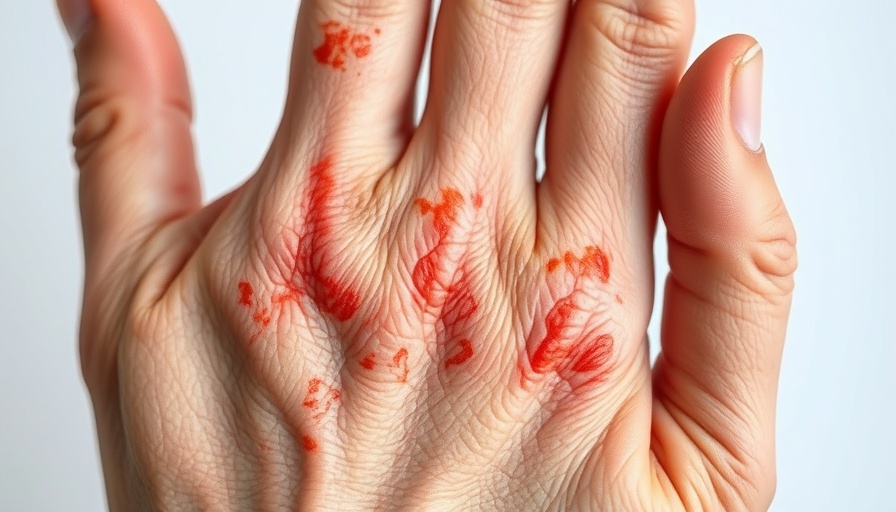
An Overview of Allergic Contact Dermatitis Coding
The recent surge in the use of the L23.8 diagnostic code for allergic contact dermatitis has raised important discussions within the dermatological community. This uptick, as reviewed in a Finnish study published in Contact Dermatitis, highlights the complexities and potential pitfalls of coding practices in dermatology. Specifically, L23.8 is generally applied for cases where the allergen is unspecified, which may lead to data inaccuracies and impact patient outcomes.
Implications for Aesthetic Medicine Professionals
For MedSpa owners, managers, and aesthetic professionals, understanding these coding nuances is crucial. Accurate coding not only enhances clinical decision-making but also influences the precision of epidemiological data. Efficient resource allocation and the integrity of registry-based studies depend heavily on the specificity of such data. As industry leaders frequently encounter clients with contact dermatitis, the proficiency in navigating these details can dramatically enhance service quality and client satisfaction.
Counterarguments and Diverse Perspectives
Not everyone in the field agrees on the significance of precise coding practices. Some argue that a general classification can suffice in various clinical scenarios without compromising care quality. However, others point out that overlooking specificity may lead to broader implications, such as skewed data in national health statistics and ineffective treatment plans. Weighing these perspectives is essential for a well-rounded understanding of dermatological care within aesthetic settings.
Engaging with the Issue: What You Can Do
MedSpa professionals can engage by advocating for continuous education on the latest diagnostic coding practices, fostering an environment that prioritizes specificity and accuracy. Furthermore, collaboration with dermatologists for comprehensive treatment plans can prove beneficial for both business operations and patient satisfaction. Staying informed and adaptive to these coding standards ultimately contributes to the broader goal of advancing dermatological aesthetics.
 Add Row
Add Row  Add
Add 

 Add Element
Add Element 


Write A Comment